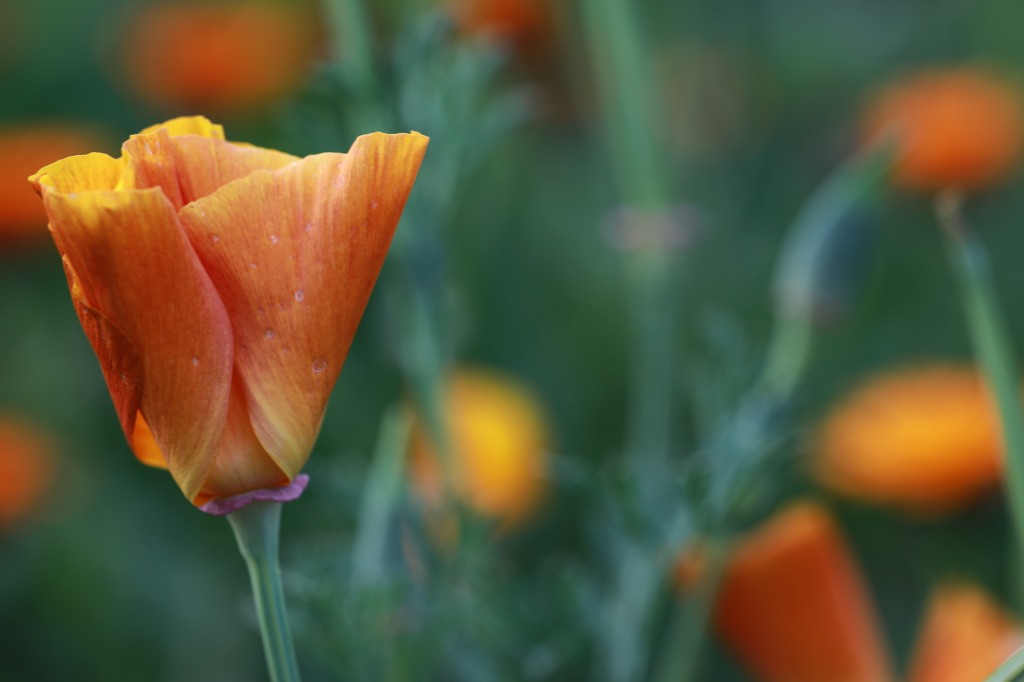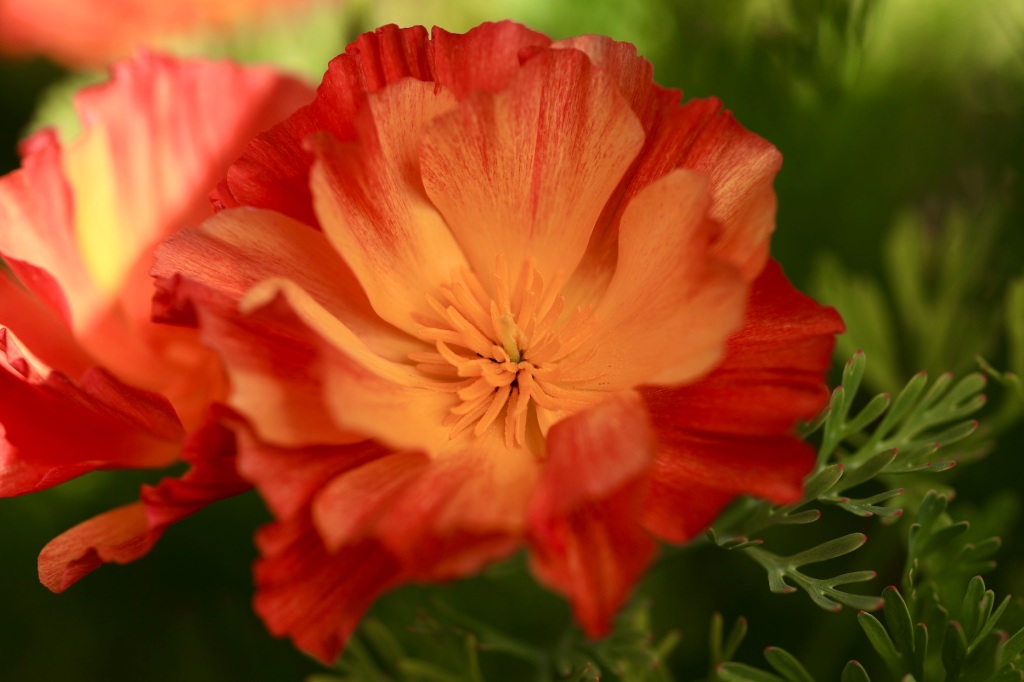Over the years I have evolved into a completely different gardener. Maybe a little more disciplined in some regards and a little more unruly in others. There are a few crops that have received much more attention, such as my garlic and heirloom tomatoes. When I first started growing heirloom tomatoes I would not stake them or prune them, I just let them bramble about wildly, while losing a few of them to rot, due to them touching the ground and just plan out ‘losing’ them in the thick mass of foliage. They did produce more, but took much more room and tomatoes were in deed smaller. There was definitely good and bad to this method, but I am totally converted now to training and pruning indeterminate tomatoes. Pruning definitely takes more time, but I think it’s well worth it.
Pruning tomatoes increases air flow and allows me to plant a larger variety of heirloom tomatoes closer together. While I have a fairly large garden, it isn’t big enough for all the varieties of heirloom tomatoes I like to grow so I trellis my plants on cattle panels, spacing them about a foot apart. That’s close, huh? By pruning tomato plants, it will put more energy into a concentrated area, increasing the size of each tomato produced. It increases light, which helps with ripening and air flow that will help prevent diseases. I like to leave 2-3 main stems that start close to the bottom of the plant. Stems that start higher up will create fruits higher up and makes the plants rather top-heavy. You can prune to one main stem, but here in the desert our sun is hot and a little more foliage helps the tomatoes from getting sunburn.
I keep all boughs from touching the soil (about 8-12″ off the ground). By doing this, it helps protect the plant from soil-borne pathogens that might splash back onto the leaves during watering. Also we have had better success with conquering curly leaf virus by doing this. Because the soil is exposed more by pruning and training this way, it tends to dry out faster, so I will plant nasturtiums and other herbs that both repel bad insects and attract beneficial ones while keeping moisture in. Kinda like what a mulch would do. Plus, it’s very attractive in the garden.

Where to Prune a Tomato Sucker
Pruning tomatoes should really only be done to indeterminate tomatoes and not to the smaller growing determinate varieties. Pruning means pinching off the shoots/suckers that sprout from the stem in the crotch right above a leaf branch. A sucker left to grow, simply becomes another large stem with its own blossoms, fruits and suckers. Pruning is best done with staked or trellised tomatoes. As the weather warms up, new suckers pop up all the time, even in the same place you may have already pinched once before. I find myself once or twice a week pinching and securing the vines to keep the plants tidy and the chore not so overwhelming. Pinching is easily done by bending the suckers over when they are very small, but once it becomes the size of a pencil, you might want to use a pair of garden snips so you don’t hurt the main stem. Be sure to wipe or spray your snipers with a simple disinfectant each time you move to a new plant to “be on the safe side” and not spread any disease that could possibly be present. Never work with you tomatoes when they are wet as well!
You can pinch off the tip of the main stem above the top blossom of indeterminate tomato varieties to keep a flourishing plant from getting taller, such as when a plant out grows its support or toward the end of a growing season when a taller plant won’t help much with increased production. Pinching at this point will put the plants energy into ripening the tomatoes already on the vine rather than producing new tomatoes that more than likely become large enough to save.














![Fava flower[1]](https://outstandinginthegarden.files.wordpress.com/2012/01/fava-flower1.jpg?w=203&h=172)






